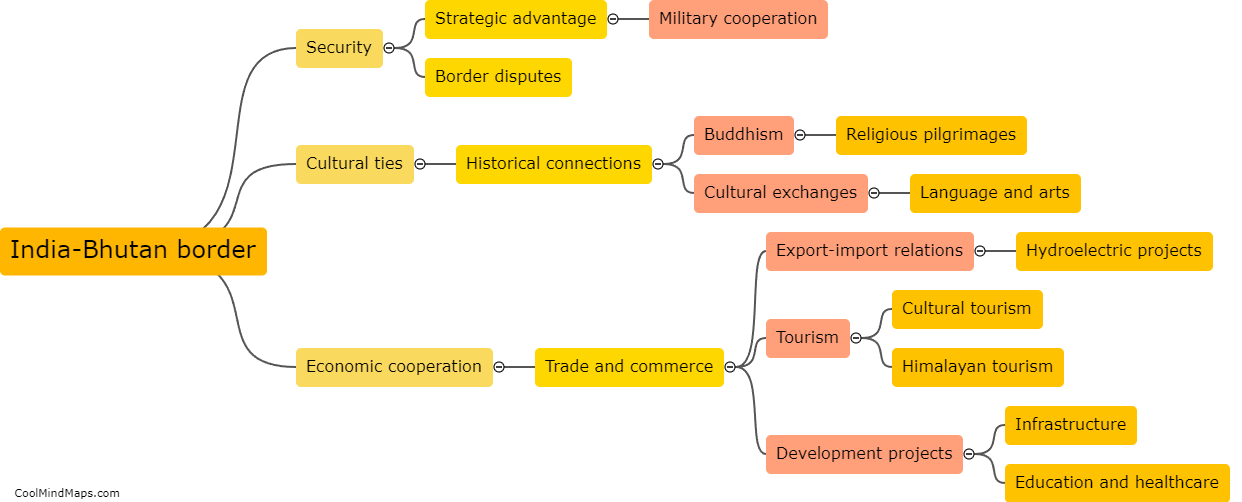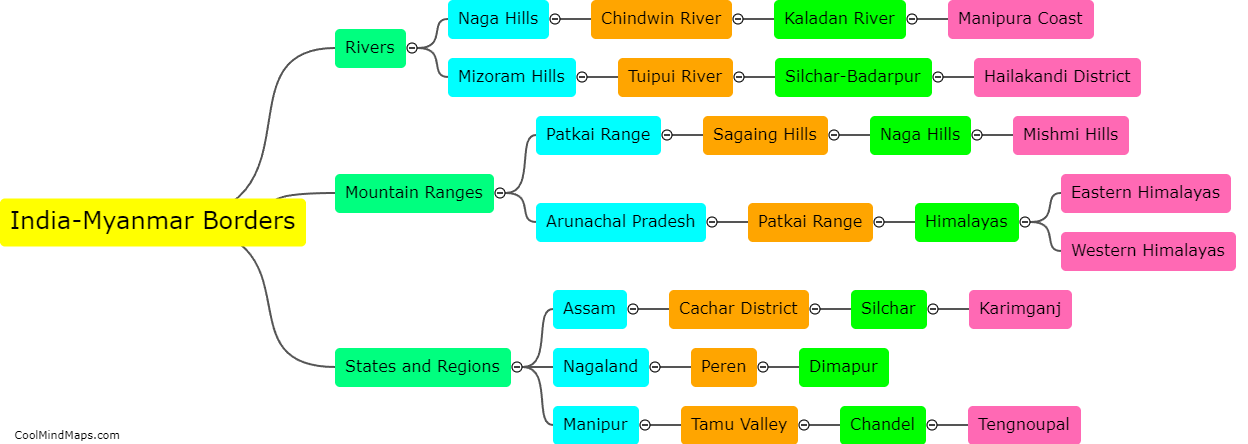What is the historical significance of the India-Myanmar borders?
The India-Myanmar borders hold significant historical importance due to several reasons. Firstly, these borders are part of the historic trade routes that have connected the Indian subcontinent with Southeast Asia for centuries. The land and maritime routes that passed through these regions facilitated cultural exchanges, brought new ideas and technologies, and fostered economic growth. Additionally, during the colonial era, the British established administrative control over these regions, leading to the construction of important infrastructure and the integration of these areas into the broader Indian subcontinent. Lastly, during World War II, the Indo-Burma Theater witnessed intense military operations as the Allies sought to push back Japanese forces from the region. The borders therefore not only symbolize a shared history but also demonstrate the strategic significance of these areas throughout history.

This mind map was published on 5 February 2024 and has been viewed 103 times.











